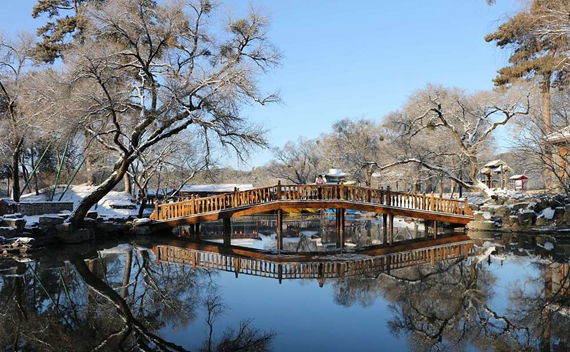Leafing through a tasteful tradition
2025-06-07 22:02 China Daily
The produce of verdant hill terraces are crafted into a beverage synonymous with China

Master tea makers rhythmically shake bamboo trays to release the leaves' essence, a vital step in making Wuyi rock tea, known for its mineral-rich floral aroma, in Mount Wuyi. [Photo by JIANG KEHONG/CHEN YING/QIU RUQUAN/XINHUA]
Early summer mist swirls around Mount Wuyi, cradling terraced tea gardens where streams weave through emerald valleys. The UNESCO natural and cultural heritage site in southeastern China's Fujian province is the only place in the country where Wuyi rock tea, a variation of oolong tea, is grown. Historical records describe more than 200 types of rock tea produced in the Wuyishan area.
At daybreak, pickers move through dewy bushes. Using their thumbs and forefingers, they gently snap tea buds with three to four mature leaves, ensuring optimal flavor.
Freshly plucked leaves travel swiftly down winding trails. Within hours, these leaves will begin their transformation under the hands of master craftsmen.

Tea pickers gently snap buds with three to four mature leaves on Mount Wuyi in Fujian province.[Photo byJIANG KEHONG/CHEN YING/QIU RUQUAN/XINHUA]
Master tea makers rhythmically shake bamboo trays filled with leaves. The technique, dating back to the 16th century, creates the tea's signature “green leaf with red edge“. It was listed as a national intangible cultural heritage in 2006, and was part of the “traditional tea processing techniques and associated social practices in China“ inscribed on the UNESCO Representative List of the Intangible Cultural Heritage of Humanity in 2022.







